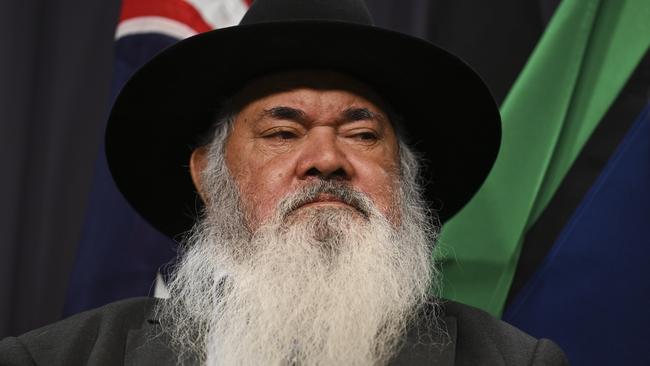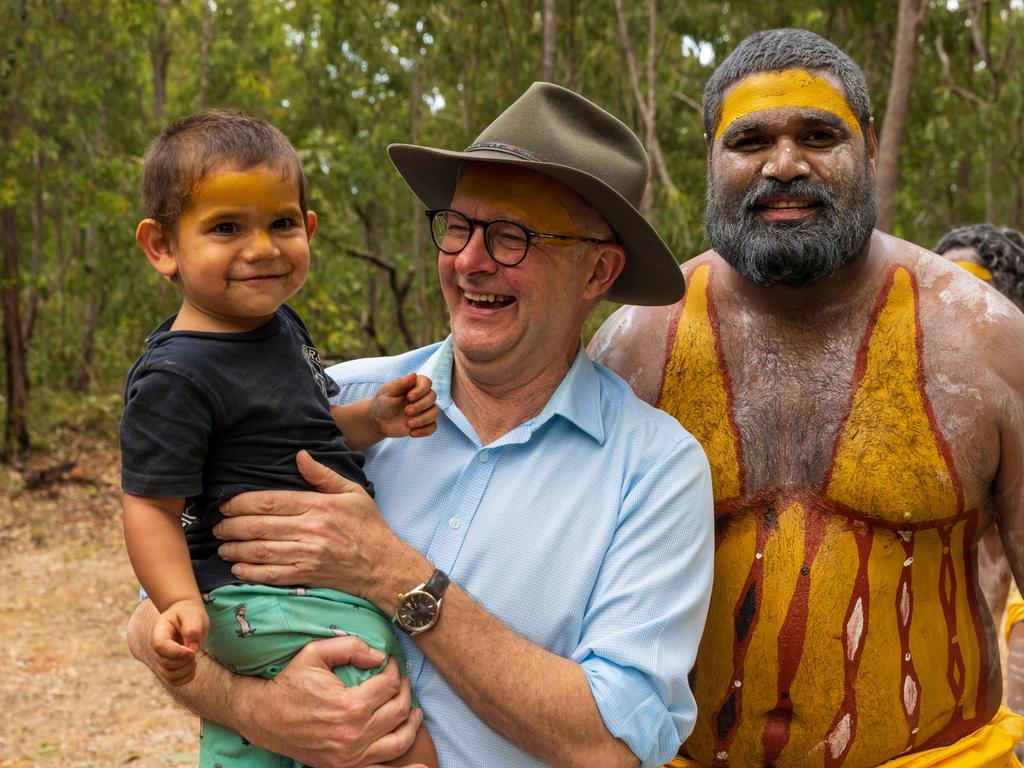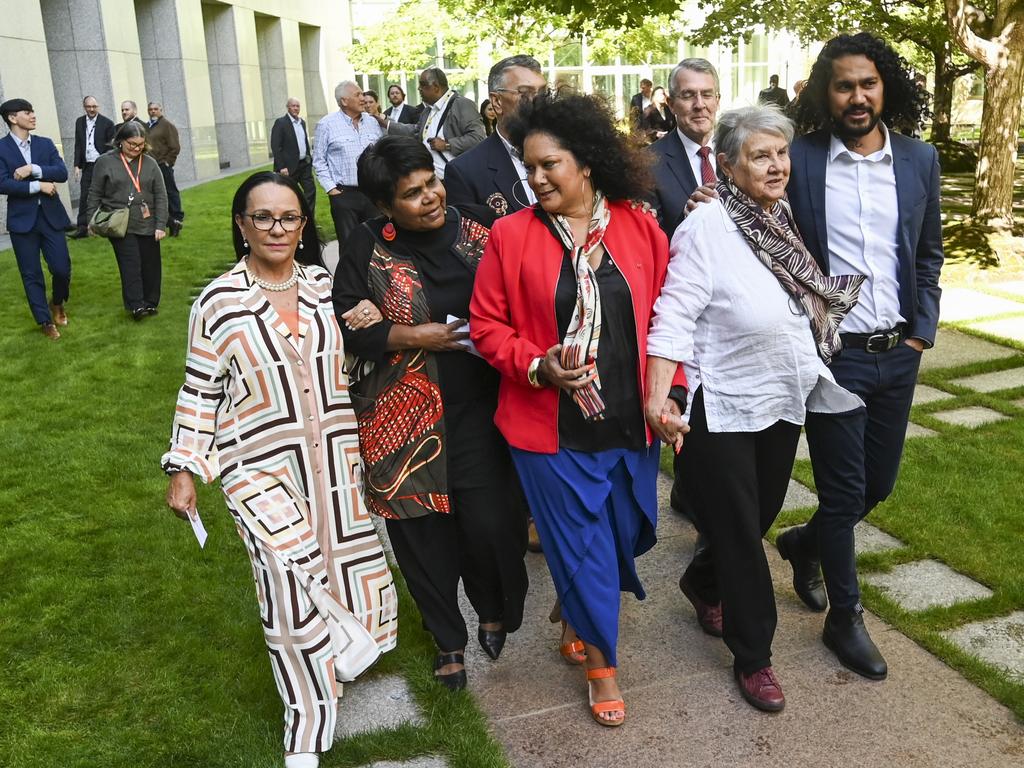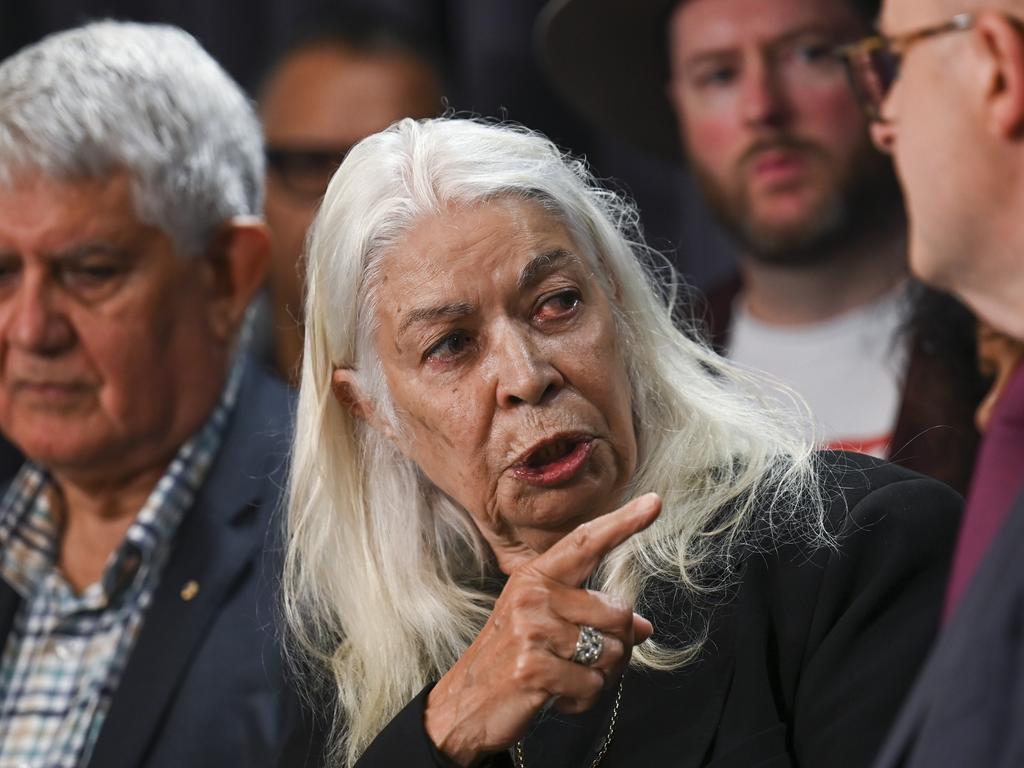
Now we have the “exposure document” he said was on its way, albeit three months later than he predicted. This is the most detail on the voice the government has put its name to.
It is illuminating. For example, amid debate this week over what the Aboriginal and Torres Strait Islander advisory body could or could not advise on, the explanatory memorandum spells it out. It says the Indigenous voice to parliament’s remit is “matters specific to Aboriginal and Torres Strait Islander peoples and matters relevant to the Australian community, including general laws or measures, but which affect Aboriginal and Torres Strait Islander peoples differently to other members of the Australian community”.
Gabrielle Appleby from the University of NSW knew this already because, well, she is a constitutional expert. Her work has involved her in the proposed wording of the voice amendment for years.
She says that matters such as the proposed introduction of voter ID laws would have fallen within the voice’s scope even though they are laws of general application; they have a significant effect on, and are of deep concern to, Aboriginal and Torres Strait Islander people.
Within this general scope, the voice will have to make pragmatic political decisions about what it focuses its attention on, and that will no doubt be driven by political judgments and the concerns and views of the Aboriginal and Torres Strait Islander people it represents.
How will we know if the voice has gone too far? Appleby says: “The scope is not without limits, though, and those limits will be ultimately determined by the court in a future challenge.”
The memorandum released on Thursday was never going to be the fully formed voice model that some have called for ahead of referendum day, now widely tipped to be in October after the AFL and NRL grand finals. There are practical and even legal reasons why the government will not back a particular model, even the one by Tom Calma and Marcia Langton it looks upon favourably, before Australians vote.
The Australian has been told the government has been advised that publishing a final and endorsed blueprint for the voice before the referendum could enshrine it by proxy, meaning parliament would likely face challenges when it inevitably tries to make alterations to suit changing circumstances and needs.
An interesting revelation is that the voice, established to advise the commonwealth parliament and government, could be given the authority to also advise state and territory parliaments and governments.
States except Western Australia have either established or begun moving to establish their own versions of an Indigenous voice with members chosen by the communities they represent. However, this does not necessarily mean there will be a doubling up of advice to the states.
Stephen McDonald SC explained this in a recent paper when he said that if the national voice was allowed to advise the states and territories, it could provide “a valuable national First Nations perspective to state institutions”.
If this happens, the voice may even begin to address what former WA treasurer Ben Wyatt, an Aboriginal man, calls the dysfunction between the states and commonwealth in Aboriginal policy. “Currently, each state and territory has its own consultative approach concerning First Nations people,” he wrote in The Australian last week.
He believes the voice may well prompt a broader alignment of policy making, particularly in regional Australia, where state and commonwealth priorities often compete, to the frustration of those who experience the fragmentation.







“It’s natural for people to want to know something about what is this going to look like,” senator Patrick Dodson said last July.